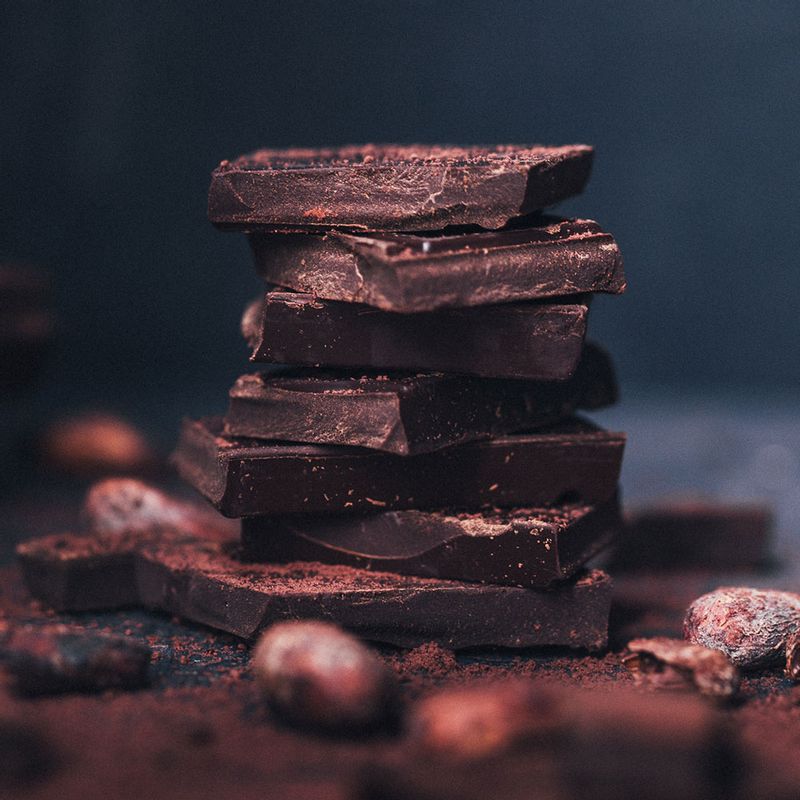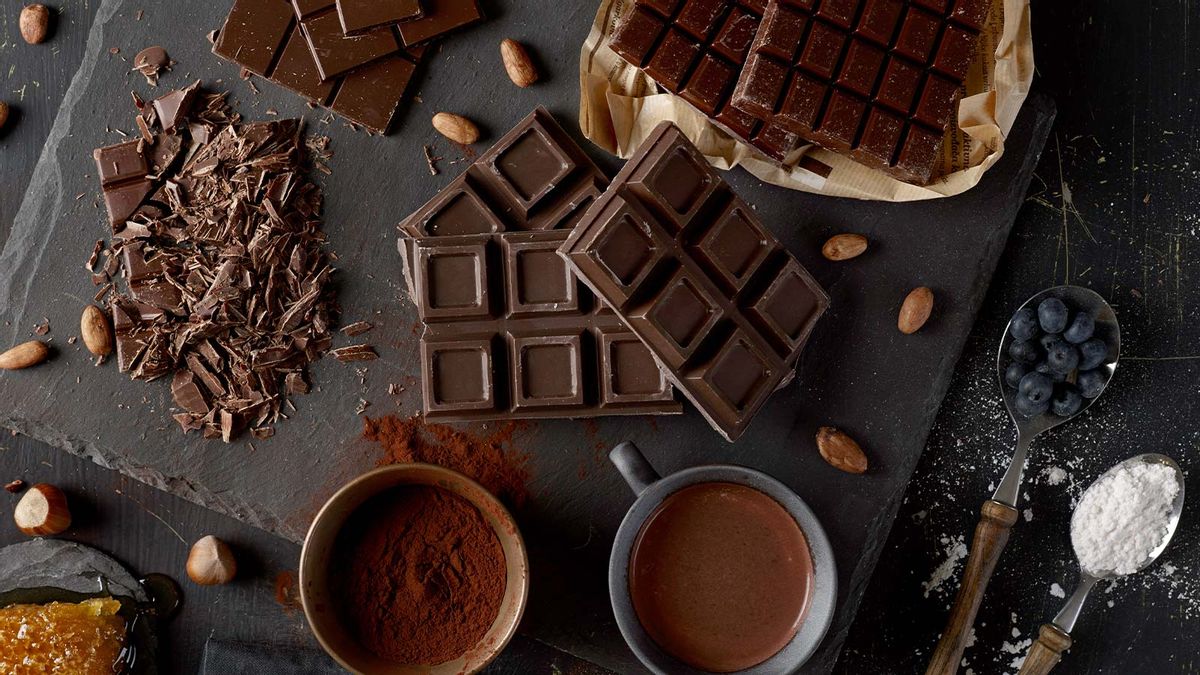That India has a massive sweet tooth and a voracious appetite for chocolates is reflected in the interest generated around World Chocolate Day on July 7. There are researches that indicate the same. Assessment of India's Chocolate Market 2017, a report by Research and Markets, has stated that India, along with China will have the highest chocolate market growth in the period 2015-2020. “In 2016, the chocolate market in the country grew by 13 per cent year-on-year,” the report further stated on India’s chocolate boom.
The rise of chocolate

Chocolate as a food commodity has a very rich history and heritage—4000-year-old history to be precise. The Mayans and Aztecs in South America were the first to discover the magnificence of cacao beans and used them not just as an offering to their gods, but also as currency. This bittersweet ancient treat has ever since won the palates of people of all ages with its rich, dense flavours and aromas.
As Zeba Kohli, third-generation chocolatier and owner of Fantasie Fine Chocolates, a company her grandfather set up in 1946, explains, “Chocolate is the single most versatile ingredient with a unique taste. It pairs wonderfully with fruits, nuts and all kinds of beverages and even savoury foods.”
India’s love affair with chocolate
In India, chocolate has always been equivalent to dessert, however, the classic preferences have evolved over time amongst modern food lovers. From commercial chocolates to dark, milk and white chocolate and now even more exotic combinations such as chocolate with sea salt and caramel. For food professionals, who work extensively with chocolate, the versatility takes on new avatars and features creatively in their dishes.
Imagine pairing chocolate with indigenous Indian bean, sangri that is staple used in Rajasthani cuisine. It is dehydrated and commonly prepared as a sabzi and pickle. Chef Varun Inamdar created Sangri Sucre, where he rolled sangri in palm sugar and used it as a garnish to a caramelised chocolate mousse. “It took even the locals by surprise. That’s the beauty of chocolate. You must just know the basic application, rest is creativity,” he explains.
Consumption in India may not be at par with global standards and there are still many who do not understand the nuances and flavour notes of dark chocolates. “We forget that patisserie and chocolaterie are two different skill sets. They may overlap, but that's about it,” explains Inamdar, who also owns a private chocolate brand called Barcode.
In chocolate heaven
The good news, however, is that international exposure, television and social media have played a big role in broadening the horizons of chocolate aficionados. Buyers are becoming connoisseurs, understanding the difference between compound and couverture chocolate, and further learning about single-origin chocolates.
This change in mindset is one of the reasons why lifestyle and food superstore Foodhall introduced their own chocolate brand Xocolatl 57. “Chocolate has assimilated very well into the Indian food culture; even mithais now have a chocolate twist to it,” adds Swasti Aggarwal, Food Strategist at Foodhall.
If one dissects the situation further, the health benefits of chocolates have had a big role to play in this. This holds particularly true for dark chocolate, which is a shift from the previously preferred sweeter milk chocolates. Kohli elaborates, “Chocolate is considered a superfood, packed with minerals and antioxidants. It is an incredible mood-lifter without being addictive.” Chocolates are known to be rich in flavanol, an antioxidant, while the inclusion of cocoa butter to it adds healthy monosaturated fat. The more natural the chocolate is, the healthier it is.
Going beyond chocolate bars to beans
There are very few who understand the complexity of flavours, notes and extracts that come with the different types of beans. Beanology or the story from bean to chocolate is something that India is yet to grasp and understand fully.
“Chocolate never fails to bring a smile to your face,” adds Toshin Shetty, chocolatier and proprietor of his eponymous Mumbai-based patisserie. He is part of a new breed of chocolatier who is a big proponent of ‘bean to bar’. Bean to bar is the next big thing in chocolates, where the region, how the cacao beans are grown, processed and the finished bar at a storefront is put under scrutiny.
There are Indian cacao bean growers who are now being offered government support to boost bean to bar in India. Shetty is currently experimenting with the process of bean to bar and none of his products are ready for the market, “Bean to bar requires not just investment, but also research and technological knowledge. But the complete control over the entire process will give my final product a huge advantage,” he sums up.


